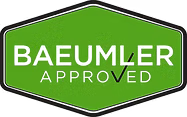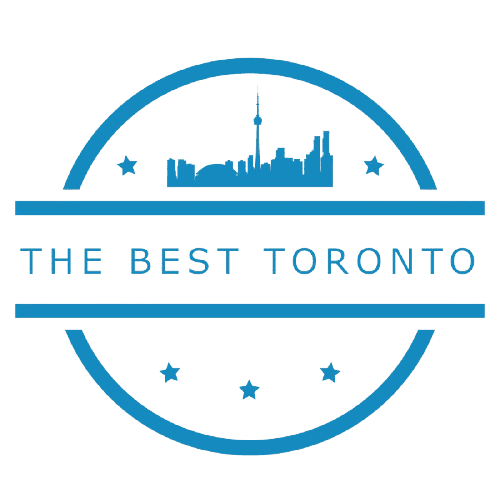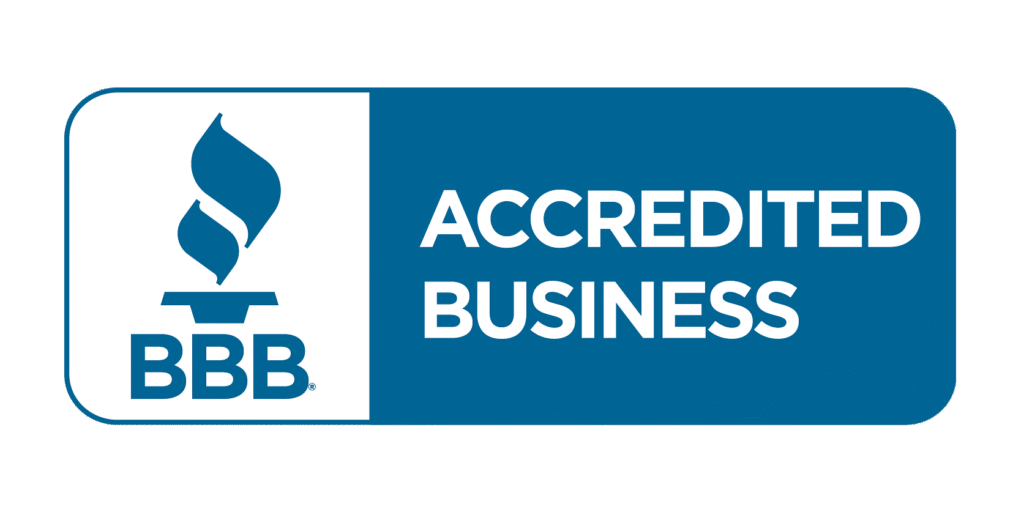Mold is a growing problem for homeowners. This is especially true in cities like Toronto, where conditions are good for mold to grow. Understanding the nuances of mold removal is essential for maintaining a safe and healthy living environment.
Mold removal is crucial for maintaining a healthy home. This is especially true in places like Toronto, where humidity can help mold grow. Homeowners can manage mold by understanding the risks, spotting the signs, and knowing when to get professional help.
Always prioritize safety, and remember that prevention is often the best strategy for mold.
10 Important Mold Removal Questions
What Is Mold?
Mold is a type of fungus that plays a vital role in nature by breaking down organic matter. However, when mold grows indoors, it can become a significant problem. Molds reproduce through tiny spores that can easily become airborne, leading to potential health risks and property damage.
Health Implications of Mold Exposure
Mold exposure can cause many health problems. This is especially true for sensitive groups like children, the elderly, and people with weak immune systems. Common health effects include:
- Respiratory issues, such as asthma or bronchitis
- Allergic reactions, including itchy eyes and skin rashes
- Headaches and fatigue
Understanding these risks is crucial for homeowners who may be dealing with mold in their residences.
Why Does Mold Grow in Homes?
The Ideal Conditions for Mold
Mold thrives in environments that provide moisture, warmth, and organic material to feed on. Common sources of moisture in homes include:
- Leaky roofs or plumbing
- High humidity levels
- Damp basements or crawl spaces
Common Areas Where Mold Is Found
Mold can appear in various locations throughout your home, including:
- Bathrooms, where steam creates a humid environment
- Kitchens, especially around sinks and appliances
- Basements, where water intrusion is more likely
Identifying these areas can help you take proactive measures to prevent mold growth.
Do I Need Professional Mold Removal in Toronto?
Assessing the Severity of Mold Growth
If you discover mold in your home, the next step is to assess its severity. You can often manage small patches of mold through DIY methods, while extensive infestations may require professional intervention. Key indicators that you need professional help include:
- Mold covering an area larger than 10 square feet
- Persistent mold regrowth after cleaning
- Signs of water damage or leaks
Benefits of Hiring Professionals
Professional mold removal Toronto services offer several advantages, including:
- Comprehensive inspections to identify hidden mold
- Specialized equipment for effective removal
- Knowledge of safe disposal methods to prevent cross-contamination
How Can I Remove Mold Myself?
DIY Mold Removal Toronto Steps
If you choose to tackle minor mold issues yourself, follow these essential steps:
- Identify the Source: Determine where the moisture is coming from and fix any leaks.
- Protect Yourself: Wear gloves, masks, and protective clothing to avoid exposure.
- Clean the Area: Use a mixture of water and detergent to scrub the mold off surfaces.
- Dry Thoroughly: Ensure the area is completely dry to prevent future growth.
Limitations of DIY Methods
While DIY methods can be effective for minor infestations, they often fall short for larger issues. Common pitfalls include:
- Incomplete removal of mold, allowing it to return
- Potential health risks from inadequate protective gear
- Lack of specialized tools for hidden mold detection
What Types of Mold Are Common in Toronto?
Identifying Common Mold Species
In Toronto, several mold species are frequently encountered, including:
- Stachybotrys chartarum (Black Mold): Known for its potential health risks, this mold thrives on damp materials like drywall and wood.
- Aspergillus: Commonly found in homes, it can cause respiratory issues, particularly in sensitive individuals.
- Penicillium: Often found in water-damaged buildings, it can also lead to allergic reactions.
Understanding these species can help you take appropriate action if you encounter them.
How Much Does Mold Removal in Toronto Cost?
Factors Influencing Mold Removal Costs
The cost of professional mold removal can vary significantly based on several factors, including:
- The extent of the mold infestation
- The location of the mold
- The methods required for removal
Average Price Ranges
Homeowners in Toronto usually pay between $500 and $3,000 for mold removal. The cost depends on how complex the job is. Obtaining multiple quotes is advisable to ensure you receive a fair price.
How Long Does the Mold Removal Process Take?
Typical Timeline for Mold Remediation in Toronto
The duration of mold removal can depend on various factors, such as:
- The size of the affected area
- The severity of the infestation
- The methods used for removal
You can usually fix small mold problems in a day. Bigger infestations may take several days or even weeks to resolve fully.
What Should I Look for in a Mold Removal Company?
Key Qualities of a Reliable Service Provider
When selecting a mold removal company, consider the following:
- Certifications: Ensure the company is certified by recognized organizations in the field.
- Experience: Look for a company with a proven track record of successful mold removal.
- Customer Reviews: Check online reviews and testimonials to gauge customer satisfaction.
Questions to Ask
Before hiring a mold removal service, ask the following questions:
What is your process for mold inspection and removal?
- Do you offer a warranty for your services?
- How do you handle the disposal of contaminated materials?
Can I Prevent Mold Growth in My Home?
Proactive Measures to Minimize Mold Risk
Preventing mold growth is often easier than removing it. Here are some effective strategies:
- Control Humidity: Keep indoor humidity levels below 60% using dehumidifiers and proper ventilation.
- Fix Leaks Promptly: Address any plumbing or water intrusion issues immediately.
- Use Mold-Resistant Products: Consider using mold-resistant paints and materials in areas prone to dampness.
Regular Maintenance Tips
In addition to preventive measures, regular home maintenance can keep mold at bay. This includes:
- Routine inspections of basements, attics, and crawl spaces
- Cleaning gutters and downspouts to prevent water buildup
- Ensuring proper ventilation in bathrooms and kitchens
What Are Common Myths About Mold?
Debunking Mold Myths
Numerous misconceptions about mold can lead to confusion. Here are some common myths, along with the facts:
- Myth: All mold is toxic.
- Fact: While some molds produce harmful toxins, not all do. Most molds are harmless but can still cause allergic reactions.
- Myth: Bleach kills all mold.
- Fact: Bleach can remove surface mold but does not penetrate porous materials, allowing mold to return.
- Myth: You can easily remove mold yourself.
- Fact: While you can manage small patches, extensive infestations often require professional expertise.








